
Over the last few months, we’ve been building out a solar generator. The project startedas a simple, heavy-duty battery with a cigarette lighter adapter — inspired in part byimages of Hurricane Sandy victims scrambling to find methods for charging devices likesmartphones and tablets.
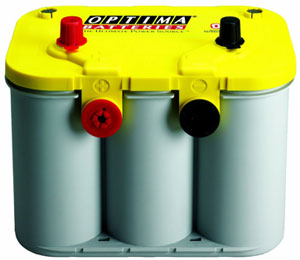
We then added a photovoltaic solar panel with charge controller to the project to extend battery life. The panel collects energy from the sun’s rays and tops up the battery, providing theoretically endless power for charging phones.
Let There Be Light
The third part of our project is to add light. New, super-efficient Light Emitting Diode, or LED, technology means it’s possible to create bright light with very little electrical draw.
This technology is a perfect solution in the event of an extended power outage — or a camping trip.
Step 1: Source Your Lights
Look for LED technology designed by leader Cree, and made or licensed by thecompany. I’ve written about ipso-facto-standard Cree before in High-Tech FlashlightsCould Turn You Into a Collector.
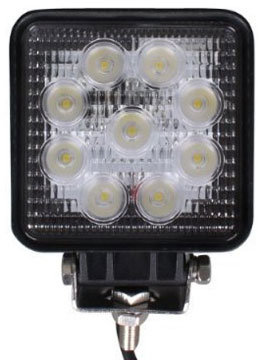
Look for a low amperage draw — a couple of amps is perfect. Take advantage of vehicleapplications, which are already in 12-volts DC, the correct voltage, rather than patio floodlights — an alternative — which need converting.
I used an off-road work light designed for All Terrain Vehicles made by AGT (aboutUS$62 for a pair at Amazon). Each light uses nine 3-watt Cree chips creating a bright 1200 lumens each.
Importantly, one light draws an incredibly low two-amps. So, if you’re using the 55-amphour Optima battery suggested in the first part of this How To series, one AGT light willrun for 13.75 hours before the battery becomes 50 percent depleted and will need a sunlight shotfrom the solar panel and charge controller combo.
Step 2: Mounting
Mount a light-included stainless steel bracket onto a polyethylene battery box by drillingan appropriate hole in the box lid and fastening with light-included bolt. You can pickup a battery box, sometimes called storage case, at auto parts sellers.
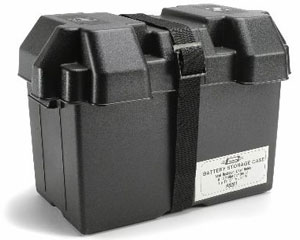
The boxes are alsooften used in trolling applications for fishing, so marinas are a good source too.
Then attach one of the lights to the bracket. Keep the other light as a spare.
Step 3: Prepping the Charge Controller
Remove the existing fuse from the existing red wire that runs between the chargecontroller terminal labeled “Battery +” (or similar) and the battery.
Remove the existing cigarette lighter adapter from the terminals labeled “Load +” and”Load –” on the charge controller, and put the adapter to one side.
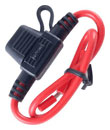
Step 4: Gather the Parts
Obtain an in-line automotive pigtailed fuse holder, a 10-amp fuse, some butt connectorsand ring terminals. Fry’s Electronics is a good source of parts.
Tip: You can read about wire and the tools to use in Coming to Grips with Wire.
Step 5: Crimping Connections
Crimp one red ring terminal onto the included black lead that’s connected to the LEDlight’s housing. This is the negative side.
Crimp one end of the new empty fuse holder’s red pigtail to the included red lead that isalso connected to the LED light’s housing. Use a blue butt connector. Then crimp a redring terminal to the other end of the fuse holder’s red pigtail. This creates in in-line fusein the red, positive side of the light. Don’t add the fuse yet.
Step 6: Wiring
Attach the red wire that leads from the LED light, via the fuse holder, to the positiveterminal labeled “Load +” or similar on the existing charge controller.
Connect the black wire to the negative terminal labeled “Load –” on the chargecontroller.
Step 7: Turn on the Light
Insert the load circuit fuse and then the battery circuit fuse. The light will illuminate.
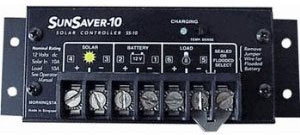
Tip: Morningstar SunSaver charge controllers like the one used in our project will switch the light off automatically when the battery capacity drops to a factory-set level of depletion. This is designed to avoid battery damage. Or, turn off the light by carefully removing the black wire from the negative Load terminal on the charge controller.
Want to Ask a Tech Question?
Is there a piece of tech you’d like to know how to operate properly? Is there a gadget that’s got you confounded? Please send your tech questions to me, and I’ll try to answer as many as possible in this column.
And use the Talkback feature below to add your comments!





















































